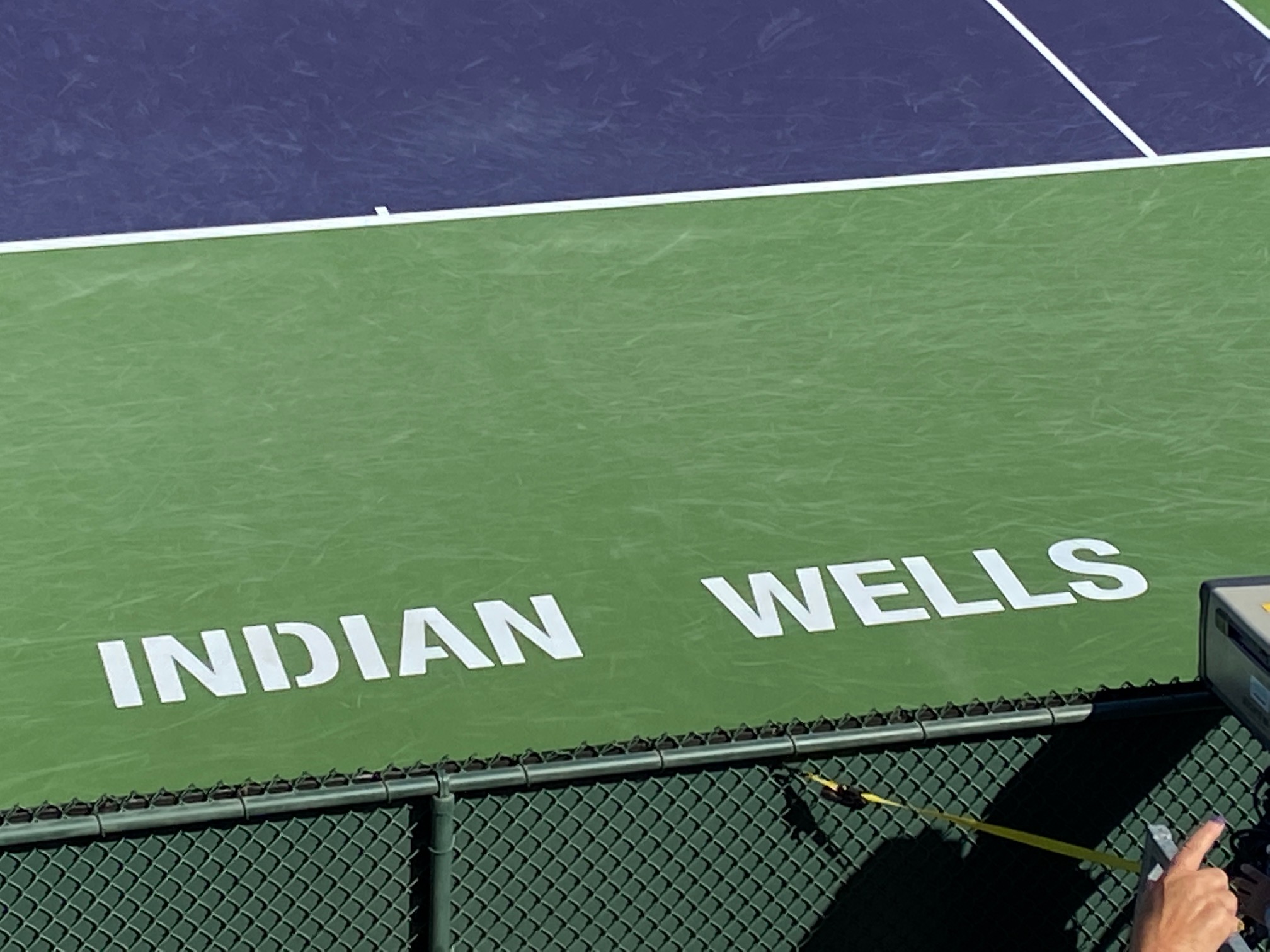I want to be snarky about No-Ad scoring. Pulling back the curtain a bit, I am striving for “informative, smart, and funny” in every post, but for some of the rules, there just isn’t a lot to work with. No-Ad scoring should be ripe for ridicule, but I am struggling to find the right tone. The simple fact of the matter is that I genuinely dislike No-Ad scoring.
Cale Hammond, a writer at tennis.com, observed that you will frequently hear players complaining that a match was lost due to lack of conversion of the deuce points, but inevitably that player would have most certainly been defeated under the traditional format anyway. In other words, the better player usually prevails regardless of the scoring system used. I agree with that sentiment to a very great extent.
While I actually regard myself as a good pressure point player, that doesn’t mean that I enjoy playing the No-Ad format. In a similar vein, I have a lot of slice and spin and am a very good windy day player. The advantage that I enjoy on those days does not translate into loving to play under those conditions, however. I will look for an indoor court every time the winds rise above 15 mph or so.
I am galvanized in the belief that the No-Ad format assists the weaker player to a certain degree because it is easier to win a single fluke point rather than two in a row. I will gloss over the question of how the game ever got to deuce in the first place. I do not believe that No-Ad scoring outright changes the legitimate outcomes of matches, but I do think it can make them artificially close at times.
When I was a junior player, I don’t recall ever playing a USTA sanctioned event under No-Ad scoring that was not forced into that format by inclement weather. I did frequently encounter that No-Ad as a planned feature in local non-sanctioned tournaments. Those tournaments would also usually consist of one “Pro Set” which I would note is not a part of the ITF rules of tennis, but is contained in the USTA Regulations section of the Friend at Court. I kind of grew up with the idea that No-Ad scoring is basically bush league.
World Team Tennis was an early adopter of the No-Ad format. In an absolute travesty, in 2016 the NCAA adopted no-ad scoring for Division I play. On the professional tours, No-Ad scoring is almost universally used in doubles with the exception of the four majors where traditional scoring is still in use. Even at the majors however, mixed doubles is played under the No-Ad system.
The steady march toward more widespread use of No-Ad scoring is driven primarily by the desire to make tennis more appealing for broadcast television. Proponents of the system point out that it shortens matches and makes the length more predictable, which is good for TV. The idea that there are more “big” points is also frequently cited as a benefit, but I would challenge that notion on the basis that there are fewer points overall. It would be more accurate to say that a higher percentage of points are pivotal, but there are fewer total pivotal points. (I can defeat any statistic!)
There is a curious dichotomy between recreational and professional tennis in terms of doubles promotion and participation. At the recreational level, doubles is the more popular and widespread format. League captains will bemoan the challenge of finding a player willing to consistently play the singles slots on their teams. You would think that these doubles playing recreational players would be the core of the tennis television viewing demographic and thus more doubles would be televised.
The reality is that singles dominates televised tennis. Professional doubles is relegated to second class status, if it is even acknowledged to exist at all. I am frequently annoyed during the Majors that the networks run player interviews and random chit-chat from the commentators, when a live doubles match is available for broadcast. It is rare to see professional doubles televised that doesn’t involve one of the marquis stars of the game. It is ironic to me that the format of an event that is almost never televised has been changed for the sake of television. It defies logic.
Mike Bryan was quoted by the New York Times in 2016 as saying “There are pluses and minuses to no-ad scoring, but as a whole, it’s good for the game.” My personal theory is that his acceptance of the format is because doubles would probably be dropped from several events if not for No-Ad scoring. For a doubles specialist the choice between playing that format or not playing at all is clear.
From a personal standpoint, I assert that my preference for traditional scoring is based on two primary factors. First, a strength of my game is figuring out where my opponents weaknesses are and prosecuting those areas where I have an advantage. When playing someone that I have not competed against before, it takes some time to determine precisely how best to play. Advantage scoring leads to more points and thus more opportunity for the discovery process to occur.
The second factor for my preference is the simple reason that I believe that conditioning is, and should be, a factor in determining the winner of tennis matches. All other things being equal, the win should go to the player who has spent the most time on their fitness. No-Ad takes that strategic lever off the table to a great extent. Conditioning shouldn’t be codified out through rule changes designed to shorten the game.
There is a lot more discussion on shortened formats forthcoming in this project. For now the depressing erosion toward No-Ad scoring has worn me out. I concede defeat. Maybe I need to work on my writing conditioning.
- United States Tennis Association (2020) Friend at Court. White Plains, NY
- Tennis Players Go Back and Forth on No-Ad Scoring, Stuart Miller, New York Times, September 16, 2016.
- No Ad? No Thanks. Leave Tennis’ Scoring Format Alone in the Pros, Cale Hammond, tennis.com, November 7, 2019, viewed February 14, 2020)
- Brief but boring, Changing tennis’s scoring system will make for less exciting matches, J.S., The Economist, November 27, 2016, viewed February 14, 2020.



